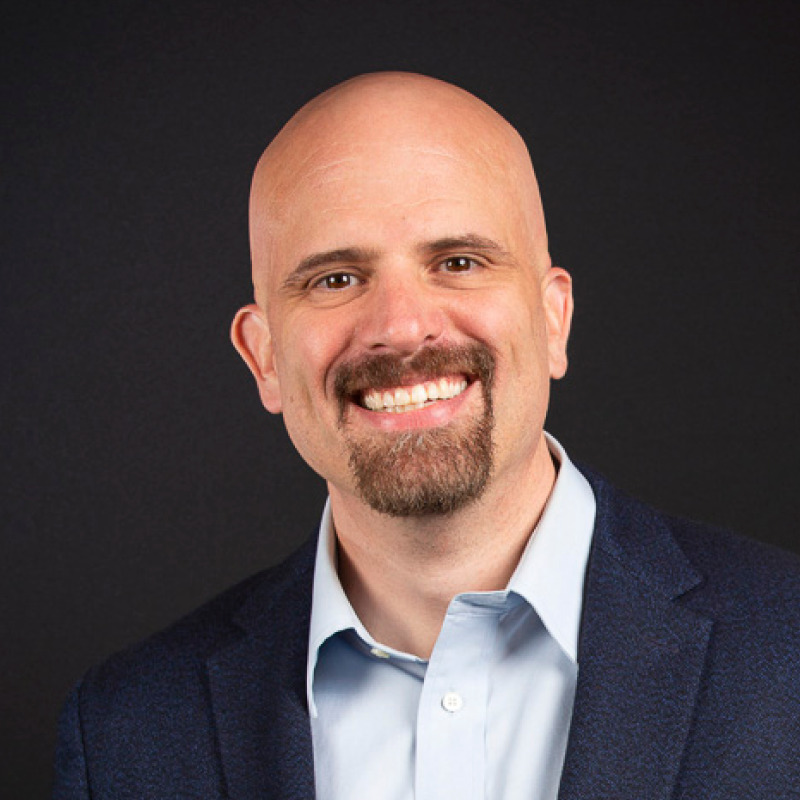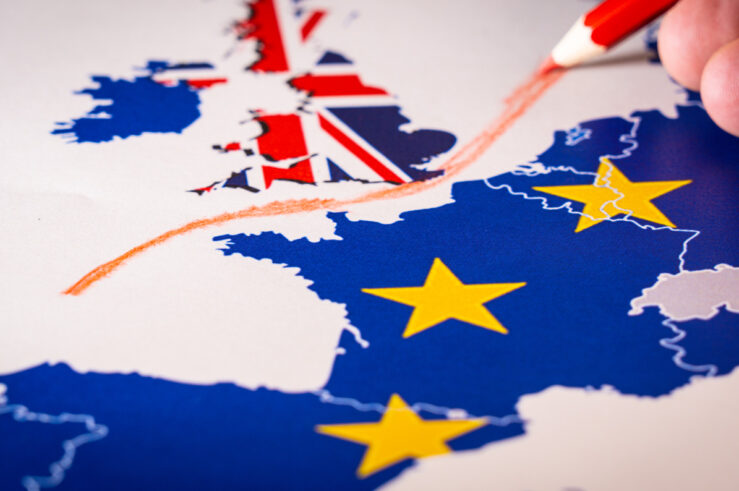
What should a government do when it owns geese that lay golden eggs? Should it sell the geese to fund government programs? Or should it let them run wild so everyone can have a chance at a golden egg?
That’s the question facing Congress as it considers re-authorizing the Federal Communications Commission’s (FCC’s) authority to auction and license spectrum. Should the FCC auction spectrum to maximize government revenue? Or, should it allow large portions to remain unlicensed to foster innovation and development?
The complication in this regard is that auction revenues play an outsized role in federal lawmakers’ deliberations about spectrum policy. Indeed, spectrum auctions have been wildly successful in generating revenue for the federal government. But the size of direct federal revenues are not necessarily a perfect gauge of the overall social welfare generated by particular policy choices.
As it considers future spe??ctrum reauthorization, Congress needs to take a balanced approach that includes concern for federal revenues, but also considers the much larger social welfare that is created when diverse users in various situations can access services enabled by both licensed and unlicensed spectrum.
Licenced, Unlicensed, & Shared Spectrum
Most spectrum is licensed by the FCC to certain users. Licensees pay fees to the FCC for the exclusive right to transmit on an assigned frequency within a given geographical area. A license holder has the right to exclude others from accessing the assigned frequency and to be free from harmful interference from other service providers. In the private sector, radio and television broadcasters, as well as mobile-phone services, operate with licensed spectrum. Their right to exclude others and to be free from interference provides improved service and greater reliability in distributing their broadcasts or providing communication services.

Licensing gets spectrum into the hands of those who are well-positioned—both technologically and financially—to deploy spectrum for commercial uses. Because a licensee has the right to exclude other operators from the licensed band, licensing offers the operator flexibility to deploy their network in ways that effectively mitigate potential interference. In addition, the auctioning of licenses provides revenues for the government, reducing pressures to increase taxes or cut spending. Spectrum auctions have reportedly raised more than $230 billion for the U.S. Treasury since their inception.
Unlicensed spectrum can be seen as an open-access resource available to all users without charge. Users are free to use as much of this spectrum as they wish, so long as it’s with FCC-certified equipment operating at authorized power levels. The most well-known example of unlicensed operations is Wi-Fi, a service that operates in the 2.4 GHz, and 5.8 GHz bands and is employed by millions of U.S. users across millions of devices in millions of locations each day. Wi-Fi isn’t the only use for unlicensed spectrum; it covers a range of devices such as those relying on Bluetooth, as well as personal medical devices, appliances, and a wide range of Internet-of-Things devices.
As with any common resource, each user’s service-quality experience depends on how much spectrum is used by all. In particular, if the demand for spectrum at a particular place and point in time exceeds the available supply, then all users will experience diminished service quality. If you’ve been in a crowded coffee shop and complained that “the Internet sucks here,” it’s more than likely that demand for the shop’s Wi-Fi service is greater than the capacity of the Wi-Fi router.

While there can be issues of interference among wireless devices, it’s not the Wild West. Equipment and software manufacturers have invested in developing technologies that work in noisy environments and in proximity to other products. The existence of sufficient unlicensed and shared spectrum allows for innovation with new technologies and services. Firms don’t have to make large upfront investments in licenses to research, develop, and experiment with their innovations. These innovations benefit consumers, businesses, and manufacturers. According to the Wi-Fi Alliance, the success of Wi-Fi has been enormous:
The United States remains one of the countries with the widest Wi-Fi adoption and use. Cisco estimates 33.5 million paid Wi-Fi access points, with estimates for free public Wi-Fi sites at around 18.6 million. Eighty-five percent of United States broadband subscribers have Wi-Fi capability at home, and mobile users connect to the internet through Wi-Fi over cellular networks more than 55 percent of the time. The United States also has a robust manufacturing ecosystem and increasing enterprise use, which have aided the rise in the value of Wi-Fi. The total economic value of Wi-Fi in 2021 is $995 billion.
The Need for Balanced Spectrum Policy
To be sure, both licensed and unlicensed spectrum play crucial roles and serve different purposes, sometimes as substitutes for one another and sometimes as complements. It can’t therefore be said that one approach is “better” than the other, as there is undeniable economic value to both.
That’s why it’s been said that the optimal amount of unlicensed spectrum is somewhere between 0% and 100%. While that’s true, it’s unhelpful as a guide for policymakers, even if it highlights the challenges they face. Not only must they balance the competing interests of consumers, wireless providers, and electronics manufacturers, but they also have to keep their own self-interest in check, insofar as they are forever tempted to use spectrum auctions to raise revenue.
To this last point, it is likely that the “optimum” amount of unlicensed spectrum for society differs significantly from the amount that maximizes government auction revenues.
For simplicity, let’s assume “consumer welfare” is a shorthand for social welfare less government-auction revenues. In the (purely hypothetical) figure below, consumer welfare is maximized when about 56% of the available spectrum is licensed. Government auction revenues, however, are maximized when all available spectrum is licensed.

In this example, politicians have a keen interest in licensing more spectrum than is socially optimal. Doing so provides more revenues to the government without raising taxes. The additional costs passed on to individual consumers (or voters) would be so disperse as to be virtually undetectable. It’s a textbook case of concentrated benefits and diffused costs.
Of course, we can debate about the size, shape, and position of each of the curves, as well as where on the curve the United States currently sits. Nevertheless, available evidence indicates that the consumer welfare generated through use of unlicensed broadband will often exceed the revenue generated by spectrum auctions. For example, if the Wi-Fi Alliance’s estimate of $995 billion in economic value for Wi-Fi is accurate (or even in the ballpark), then the value of Wi-Fi alone is more than three times greater than the auction revenues received by the U.S. Treasury.
Of course, licensed-spectrum technology also provides tremendous benefit to society, but the basic basic point cannot be ignored: a congressional calculation that seeks simply to maximize revenue to the U.S. Treasury will almost certainly rob society of a great deal of benefit.
Conclusion
Licensed spectrum is obviously critical, and not just because it allows politicians to raise revenue for the federal government. Cellular technology and other licensed applications are becoming even more important as a wide variety of users opt for cellular-only Internet connections, or where fixed wireless over licensed spectrum is needed to reach remote users.
At the same time, shared and unlicensed spectrum has been a major success story, and promises to keep delivering innovation and greater connectivity in a wide variety of use cases. As we note above, the federal revenue generated from auctions should not be the only benefit counted. Unlicensed spectrum is responsible for tens of billions of dollars in direct value, and close to $1 trillion when accounting for its indirect benefits.
Ultimately, allocating spectrum needs to be a question of what most enhances consumer welfare. Raising federal revenue is great, but it is only one benefit that must be counted among a number of benefits (and costs). Any simplistic formula that pushes for maximizing a single dimension of welfare is likely to be less than ideal. As Congress considers further spectrum reauthorization, it needs to take seriously the need to encourage both private ownership of licensed spectrum, as well as innovative uses of unlicensed and shared spectrum.





